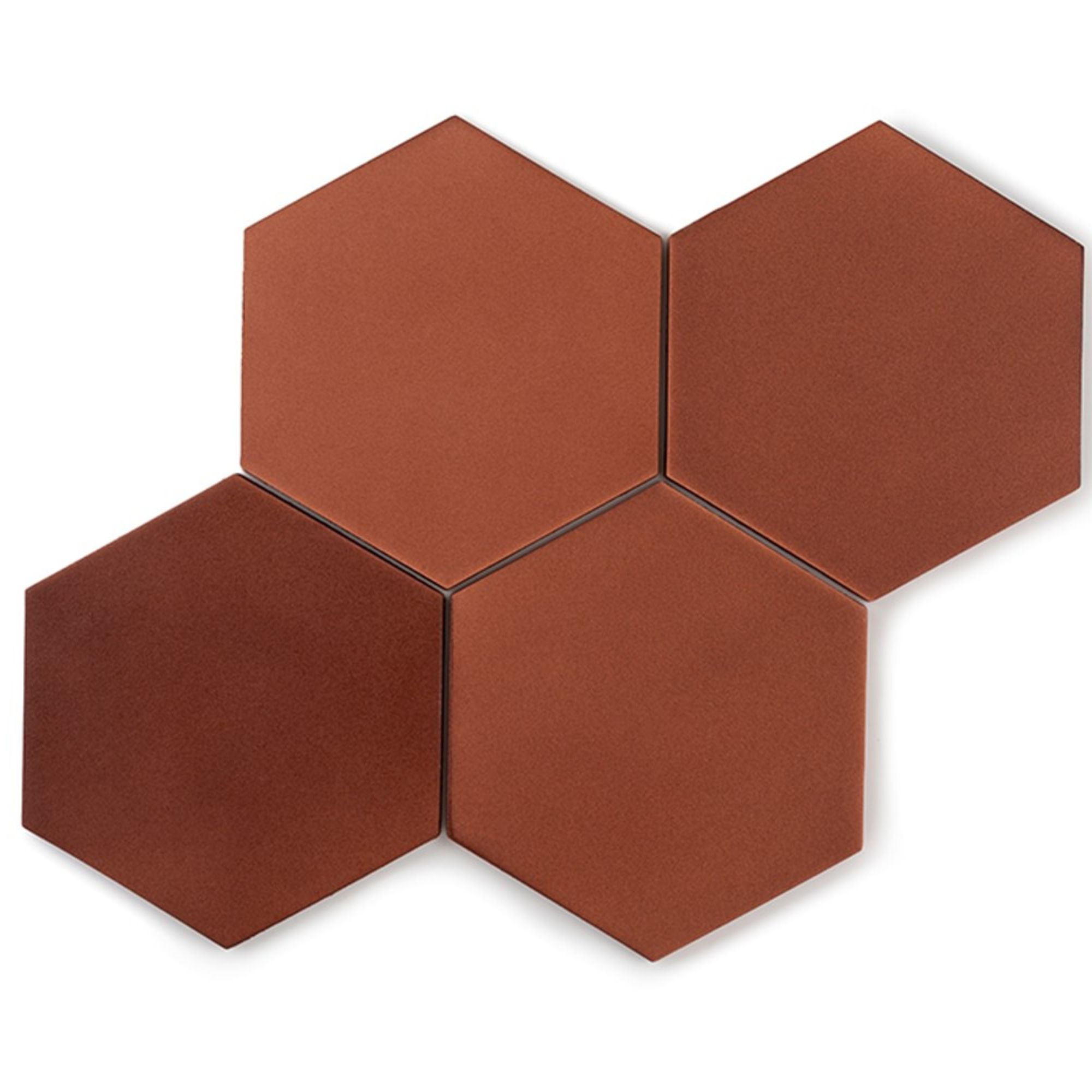What are the best tile combinations? Interior designers share their favorite pairings for kitchens, bathrooms, and more
Choosing tile combinations has been made easy thanks to these designer-approved pairings


Choosing the right tile combinations can make or break a room design. From kitchens to bathrooms to utilities, they are key to adding personality and interest to a scheme, but which tiles work best together?
There are many tile ideas, but the perfect pairing is key to a successful design. Whether you're looking for floor and wall tile combinations, a pairing that seamlessly blends across a bathroom, or contrasting patterns to create an eclectic scheme, a bit of inspiration can go a long way when making final decisions.
From complimentary colors to a mix of old and new, these tile combinations have been recommended by interior designers who prove they work beautifully in any scheme.
6 tile combinations interior designers are loving
Tiles are as hardworking as they are aesthetic, so choosing the right tile combination is key to a successful scheme. From kitchens to bathrooms, colorful to textural, these suggestions guarantee and elevated space.
1. Blue cement tile and grey stone

Mixing tiles with different colors and textures is a great way to add depth and interest to a scheme, especially in a bathroom. Using tiles to differentiate a shower area from the rest of the bathroom is an effective way to zone the room without creating a physical divide.
'I am a big fan of mixing textures and colors. In bathrooms, there are so many ways to incorporate texture and color. I love using the cement tile mixed with the lovely grey stone in this bathroom, where the blue tile in the shower pulls out some of the blues from the grey stone,' says Natalie Rebuck, principal designer at Re: Design Architects.
2. One tile in multiple colors
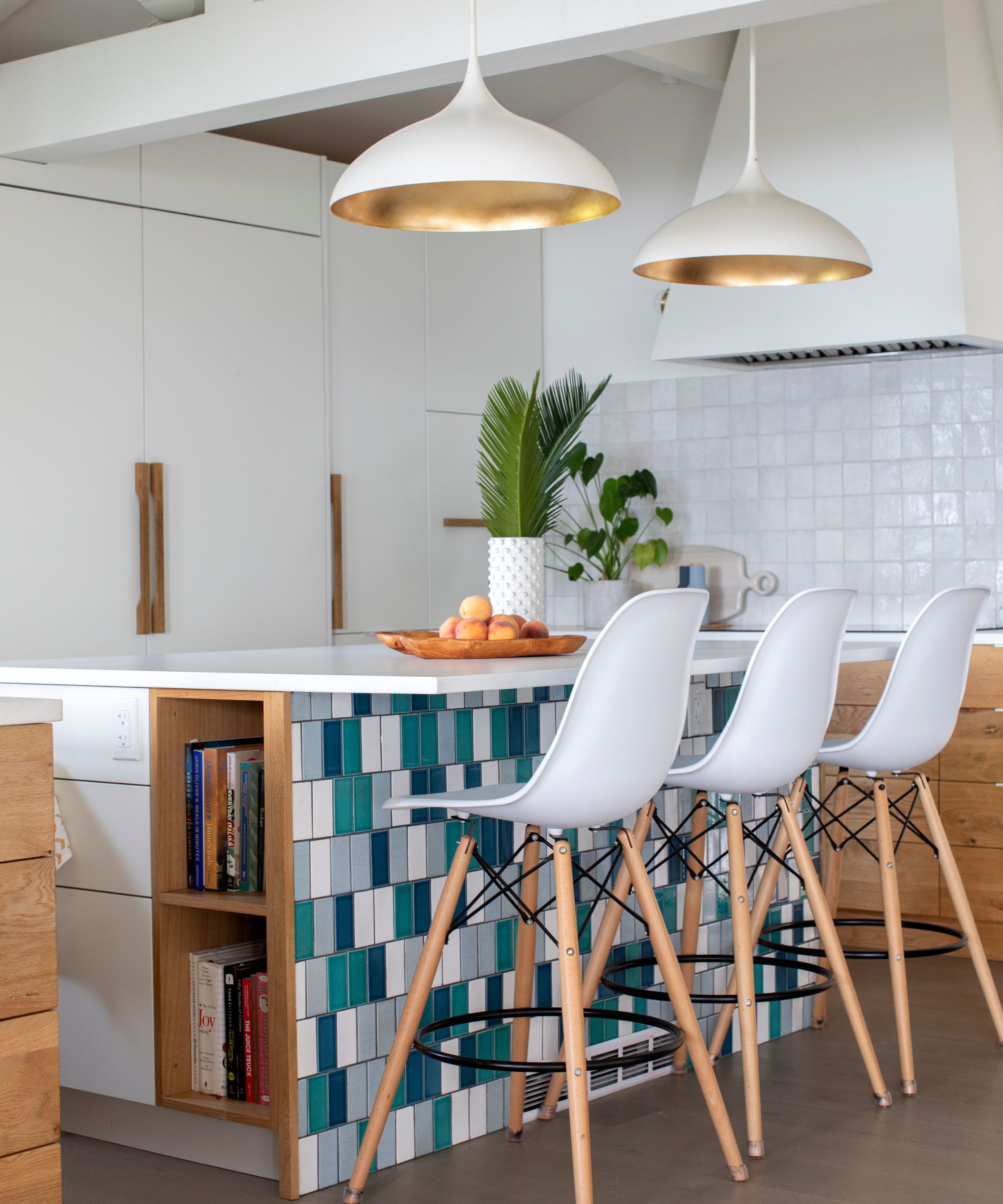
Tiles can be used in a really simple way to create a design feature in a scheme. In a kitchen color scheme, an island is a great place to do this so the combination doesn't feel too overwhelming.
Design expertise in your inbox – from inspiring decorating ideas and beautiful celebrity homes to practical gardening advice and shopping round-ups.
This kitchen by Pure Design Inc showcases this wonderfully. The same kitchen tile has been used in four different colors to create an irregular pattern of blue-toned colors. While this detail adds interest to the kitchen, using blue hues has a calming effect.
The glossy finish ties the kitchen island in with the backsplash, and introducing a few white tiles maintains cohesion with the rest of the kitchen.
3. Mix refined and handcrafted tiles
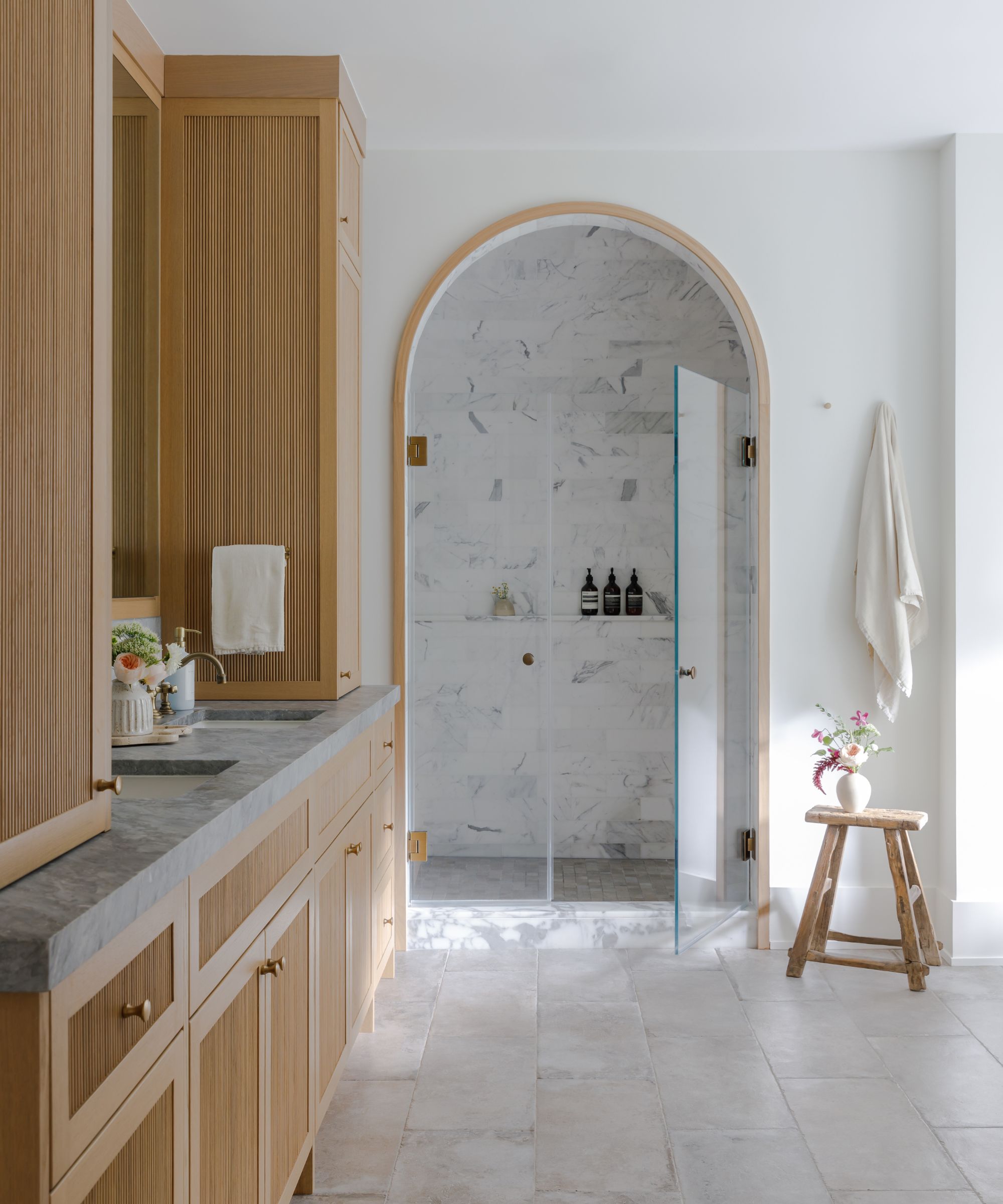
Combining two different finishes of tile in the same tone can create a wonderful depth of contrast without need more saturated hues. This will instantly make the space more inviting, especially in a bathroom.
'I love pairing something more refined, such as marble or other natural, organic stone, alongside handcrafted tiles from artisans like Zellige, Clé, or Fireclay. The result is a blend of old-world and new that strikes a beautiful balance in my designs,' says interior designer Becky Shea.
'Whether you choose to go with the more classic selection of the two on the floor or walls is up to you. We've done both and it works either way you choose,' she adds.
4. Glossy wall tiles and terracotta floor tiles
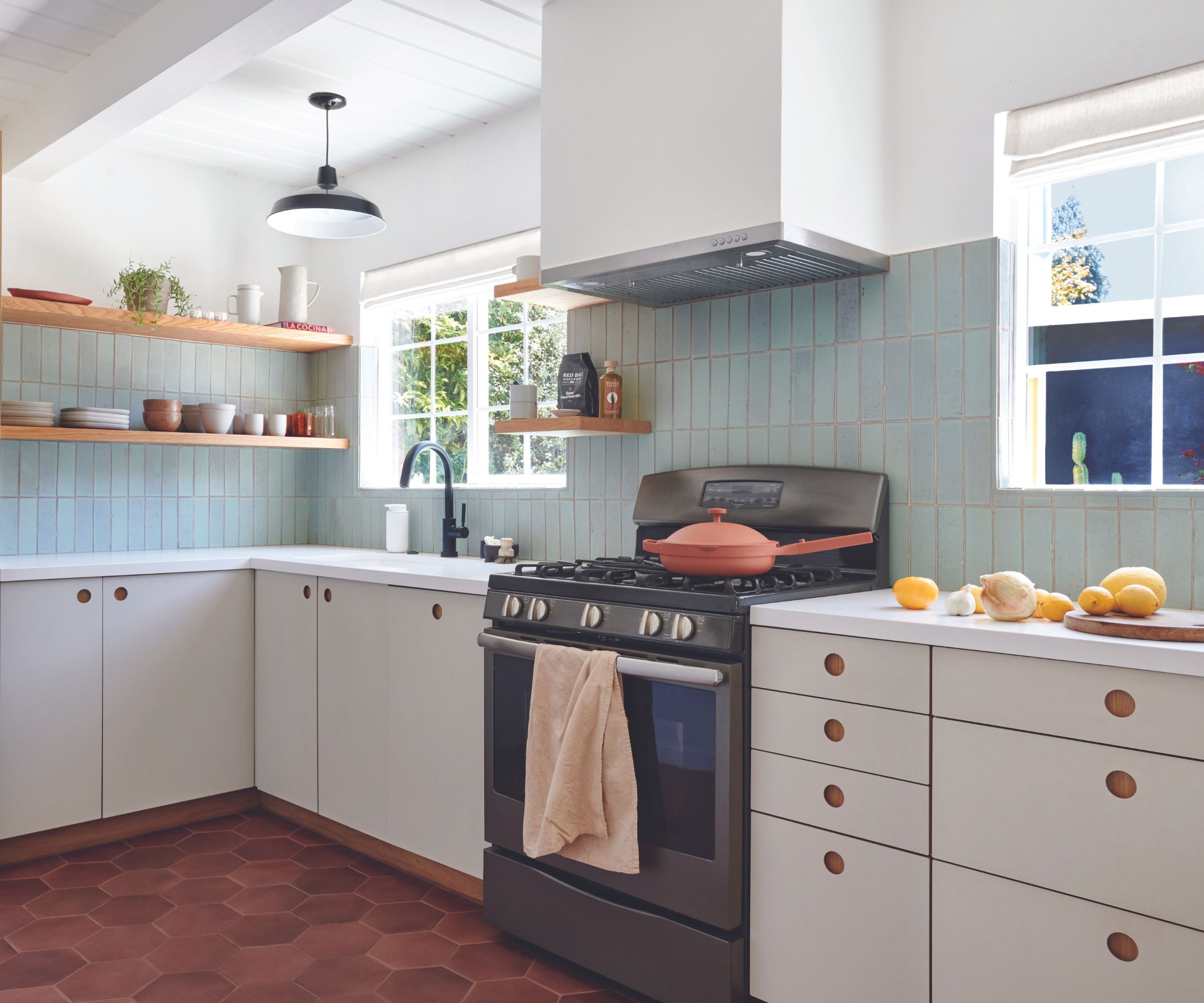
In any scheme, pairing the right floor tiles and wall tiles together is important to achieve the aesthetic you're hoping for. For a timeless kitchen, consider a mix of rustic and shiny finishes.
'One of our most beloved glazes, Antique, is always a go-to starting point when I'm pairing two colors of tile in a room. A terracotta hue like this is a timeless choice for flooring and plays beautifully with both neutrals and bolder colors. I love seeing it with our Glazed Thin Brick or a classic square pattern,' says Kali Gibson, of Fireclay Tile.
Introducing a terracotta tile on the floor adds instant warmth to the space and offers and abundance of character, while a glossy brick tile on the wall (especially in a vibrant hue) will add a touch of contemporary style.
5. Marble slabs with green subway tiles

Using tiles to play with scale introduces a wonderful juxtaposition to a scheme. Mixing larger slab tiles with small designs creates a focal point without overwhelming the space.
In this bathroom tile scheme by Pure Design Inc., glossy green subway tiles have been used on the walls of the shower nook and around the edge of the archway, while large marble slabs have been used for the flooring and as a backsplash for the sink.
The marble adds a sense of tranquillity, while the subway tiles add interest and a playful injection of personality. Using two different-sized tiles allows the smaller decorative pieces to have their moment without feeling too busy.
6. White and navy zellige tiles
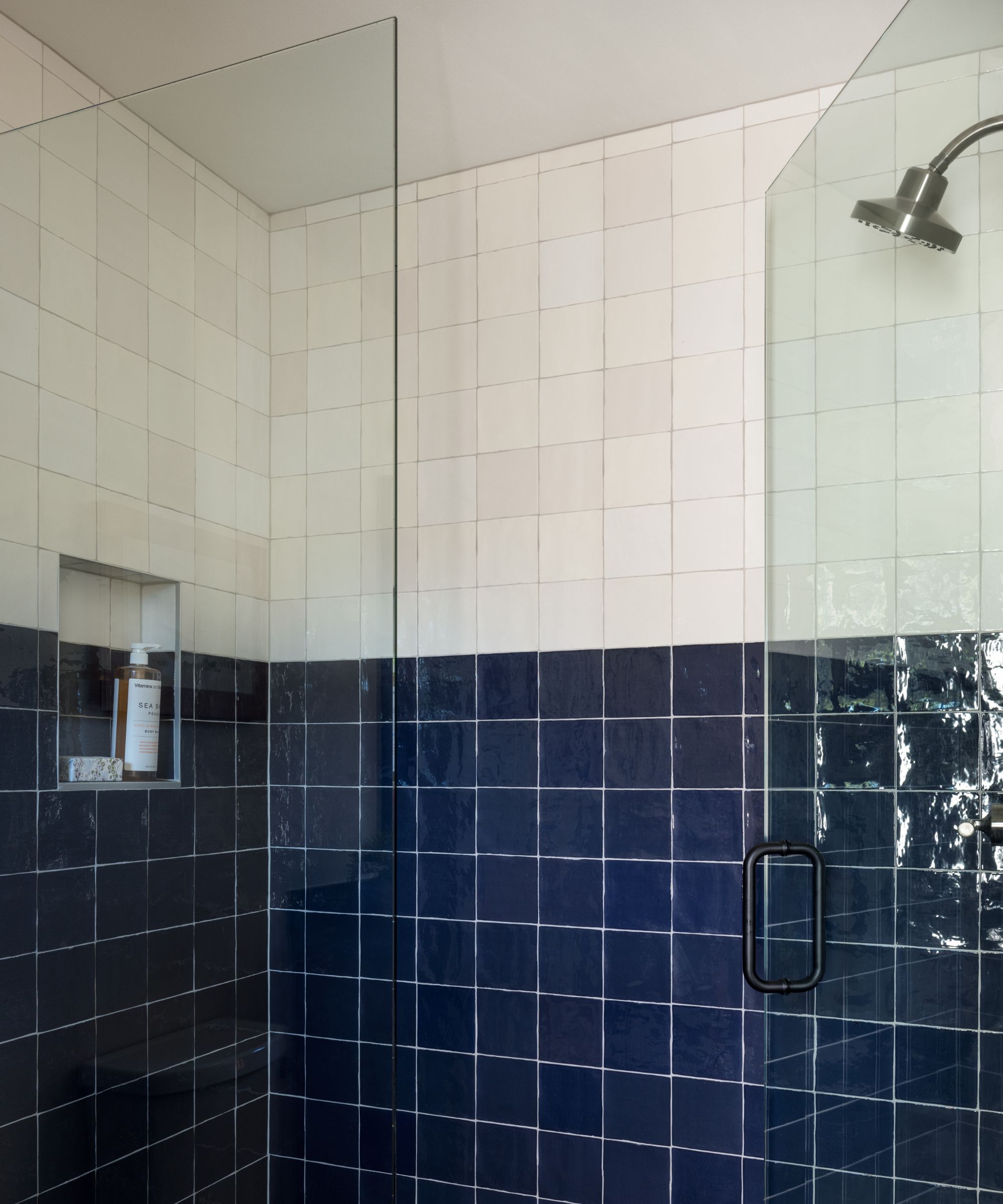
Blue and white is a classic color combination in a bathroom, and this shower nook proves sometimes simple design is best. Splitting the wall space in half using color creates a visually appealing scheme that feels truly classic.
'One of my favorite tile combinations to create is two colors of the same tile to create a high contrast in color, while keeping the tile pattern simple. It adds a “pop” of color and a ton of visual interest to a bathroom,' explains interior designer Michelle Yorke.
'In this bathroom, we selected a zellige type tile in cream and navy to create the high contrast and visual interest,' she adds.
There are no rules when it comes to choosing tile combinations, but for interior designers, it's important to create an element of contrast to ensure a scheme has depth and interest. So, whether you pair different colors, add a mix of textures, or simply fuse old and new, these designer-approved tile combinations are sure to elevate any design.

I’ve worked in the interiors magazine industry for the past five years and joined Homes & Gardens at the beginning of 2024 as the Kitchens & Bathrooms editor. While I love every part of interior design, kitchens and bathrooms are some of the most exciting to design, conceptualize, and write about. There are so many trends, materials, colors, and playful decor elements to explore and experiment with.
